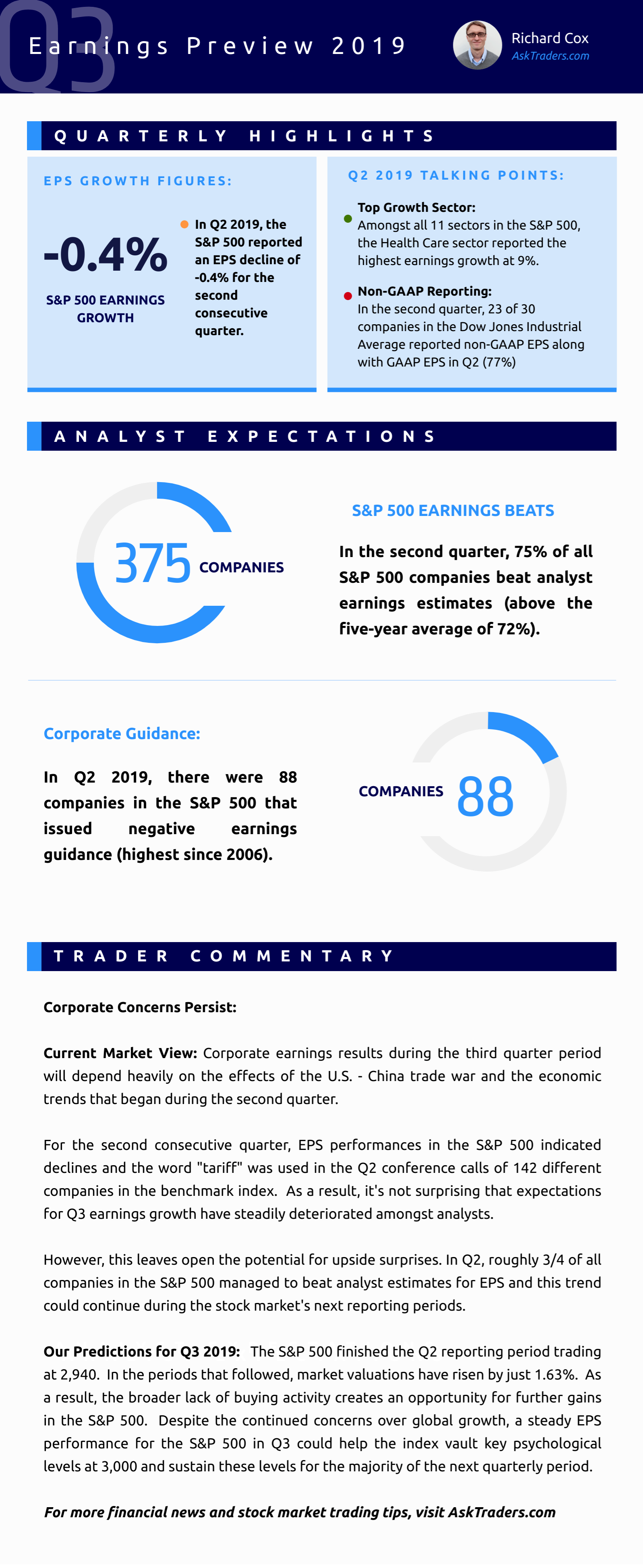Pros and Cons of Discounted Cash Flow Valuation
Most investors care about one thing when it comes to choosing a company to put their investment: cash. The cash flow of a company is important for investors because it is the basis for the possible amount of money they are going to receive. For that reason, an appropriate approach has to be followed to devise a sensible investment decision.
Discounted Cash Flow Valuation is a mathematical technique in gauging the appeal of an investment on a company based on its potential cash flows in the future. This evaluation method helps to determine the value of a company today which must be derived from the capability of a company to continuously generate cash stream in the coming years. Analysts exert efforts to construct projections on the financial performance of a company with the aim of weighing up its value. Aside from the individual investments, discounted cash flow valuation scrutinizes the projects that the investors or the company can maneuver.
The present value of projected future cash flows requires a discount rate for discounted cash flows valuation. The company’s estimated present value is needed in order to thoroughly assess a possible investment. The potential investment could be taken into account once the present value computed using the discounted cash flows analysis is proven to be greater than the cost of the investment today.
The discounted cash flow valuation is advantageous for investors from the fact that the present value of a company can be used for them to estimate the future cash flows that an investment or a project can bring. Investors must consider not only the investment but also the ending value of pieces of equipment and other assets for them to accurately appraise the potential cash flows in performing the discounted cash flow valuation.
But before you depend on this valuation method, we are going to discuss the advantages and disadvantages of using discounted cash flow valuation. This is for you to determine if this method is appropriate for the company and to assess the extent to which you can rely on this valuation method.
Discounted Cash Flow Advantages:
- A Practical Instrument to Back Up Value Prices Issued by Analysts
There are a lot of aspects that influence discounted cash flow analysis such as profit margins and future sales growth. The valuation method takes account of the discount rate affected by the risk-free rate of interest. Discounted cash flow analysis regards the company’s cost of capital and potential risks to its share prices as essential steps from this valuation method. For you to estimate the company’s share price precisely, these factors cannot be overlooked because these will give ideas about the different elements that influence a company’s value.
- Dependability and Precision
According to corporate finance textbook authors Peter DeMarzo and Jonathan Berk, “the most accurate and reliable” valuation method for constructing a sensible investment decision is by using discounted cash flow analysis to decrease investments to net present value. Although some results on computing using this process are doubtful, there is no existing valuation technique that can be as reliable as the discounted cash flow analysis in assessing the investment which provides the greatest value for the company.
- Focuses on a Single Figure
One of the benefits of applying the discounted cash flow model is that it uses a particular value to represent an investment. This valuation method aids to rationally decide upon different investments. If the discounted cash flow model concluded a negative result, the company can have a possibility to incur losses due to the investment; if it leads to a positive outcome, the investment has the capability to bring successful cash inflow and can be considered by the company. The analyst shall forecast the cash flows from the investment, discount it to the present value, combine them all, and systematically weigh them up. The most lucrative choice is the one that has the greatest present value.
- Reliability on Free Cash Flows
For investors, discounted cash flow analysis is the only valuation method that depends on free cash flows. Free cash flows are the cash of a company gained from its operation, decreased by the cost of expenditures on assets that is why it is a reliable measurement of money allotted to the investors. It is also a good basis of valuation because it disregards the independent accounting policies and manipulation of financial statements related to reported earnings. Free cash flow is essential for the discounted cash flow valuation since it helps to determine the companies that have high open costs that have a probability to impact earnings today but has the capability to escalate earnings eventually. In addition to that, free cash flow exposes the capacity of a company to satisfy its obligations, stabilize its growth, and distribute dividends.
- Validation Purposes
The discounted cash flow method is commonly used to easily assess whether the current share price is reasonable or not. As an alternative to approximating the intrinsic value, the current stock price is applied upon the discounted cash flow valuation model. By working in reverse, the valuation model will reveal if the company stock price is overvalued or undervalued.
- Business Strategy Construction
Other valuation techniques have limited data that restrain them from being exploited by devising business strategies. Investors can maximize the use of the discounted cash flow model by considering it as one of the bases for significant alterations to the business strategy.
Discounted Cash Flow Disadvantages:
- Complexity
The risk in employing the discounted cash flow model is deciding what cash flows to be discounted while the investment is complicated and substantial, or the unfamiliarity of the investors about the future cash flows. This valuation method is important for investors since it is based on cash flows offered for the new shareholders. A weak value is constantly implied when the method is based on the distributed dividends to a small group of shareholders.
- If Widely Employed
If the discounted cash flow is used excessively and outside its coverage, it may lead to unreliable presumptions. Continuously fluctuating amounts relevant to the valuation method may nullify the analysis once an investment or a project has commenced.
- If Relevant Data are Inaccessible
As minority shareholders, they lack information about a company’s cash flows and projects needed to form assumptions for the discounted cash flow valuation since they don’t have any control from it. Therefore, this valuation method will not be beneficial for these investors.
- Susceptible to Appraisal Mistakes
The discounted cash flow valuation is a powerful instrument from the fact that it covers a broad range that covers the data for estimation. The model is prone to different kinds of errors. If estimated figures are fallacious, the net present value might be erroneous as well. Therefore, the model is impractical to use since it may cause an investor to form poor investing assessments and decisions. The valuation method is achieved by constructing forecasts. The cash flow of a company is required to be forecasted by an analyst. But that process cannot be attained only by just guessing because the data will be unreliable. The cash flow projection must still be based on significant pieces of evidence. In addition to that, the discount rate on the discounting formula must be estimated. The specific total cash changes periodically have to be presumed in order to get the discounted rate.
If the discounted cash flow valuation is too complicated for the investors to understand and to maximize as a basis for their investment decisions, the method will not be significant. Hence, alternative techniques have to be utilized. But if you try to study the method with the help of qualified valuation accountants, you can thoroughly scrutinize companies for long-term investing.





